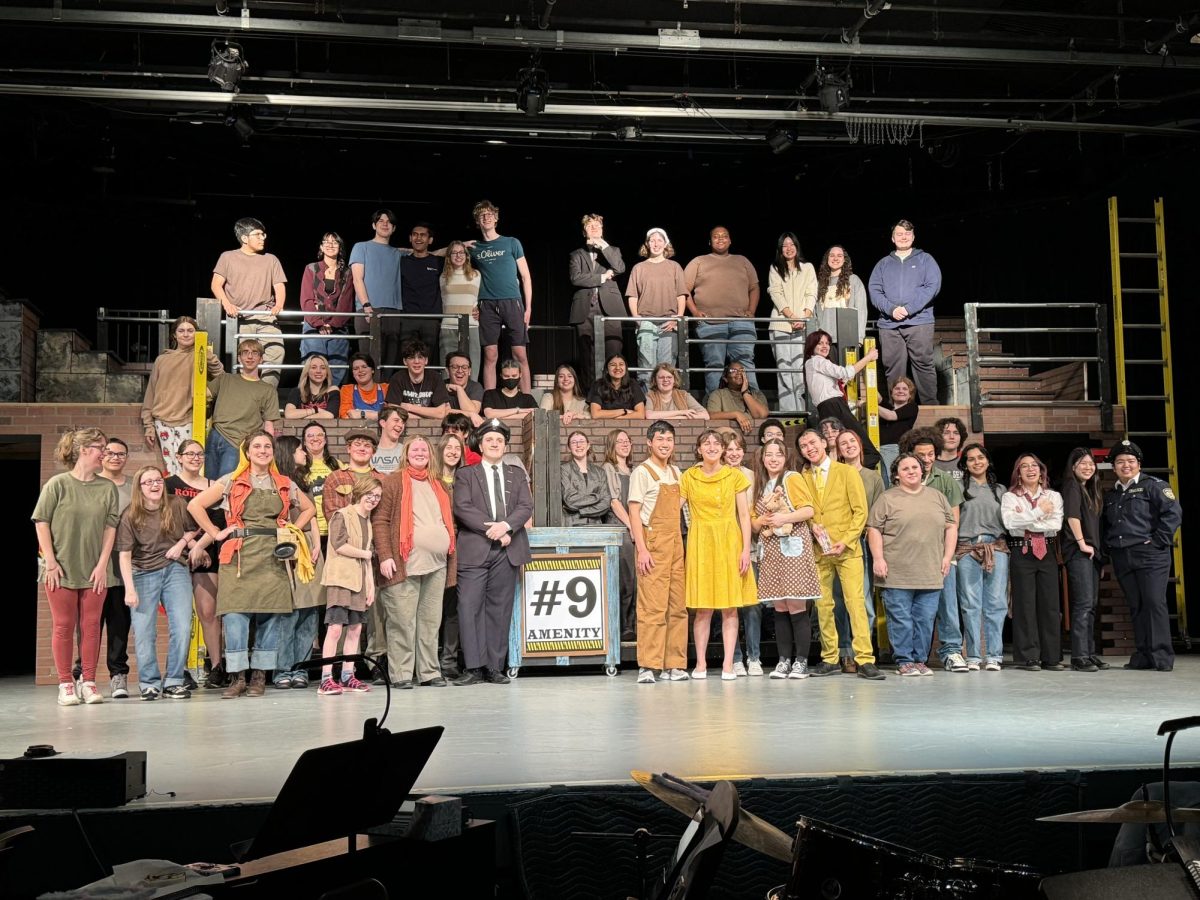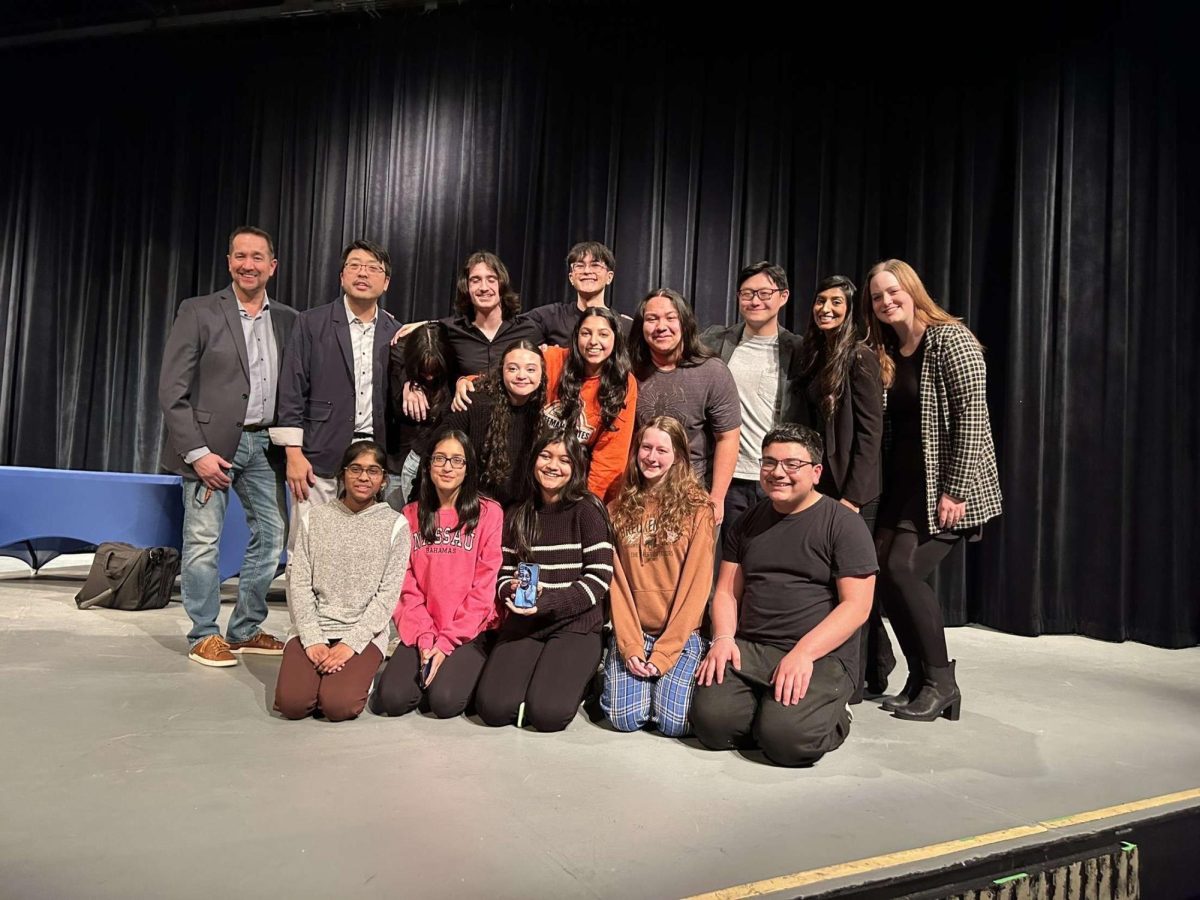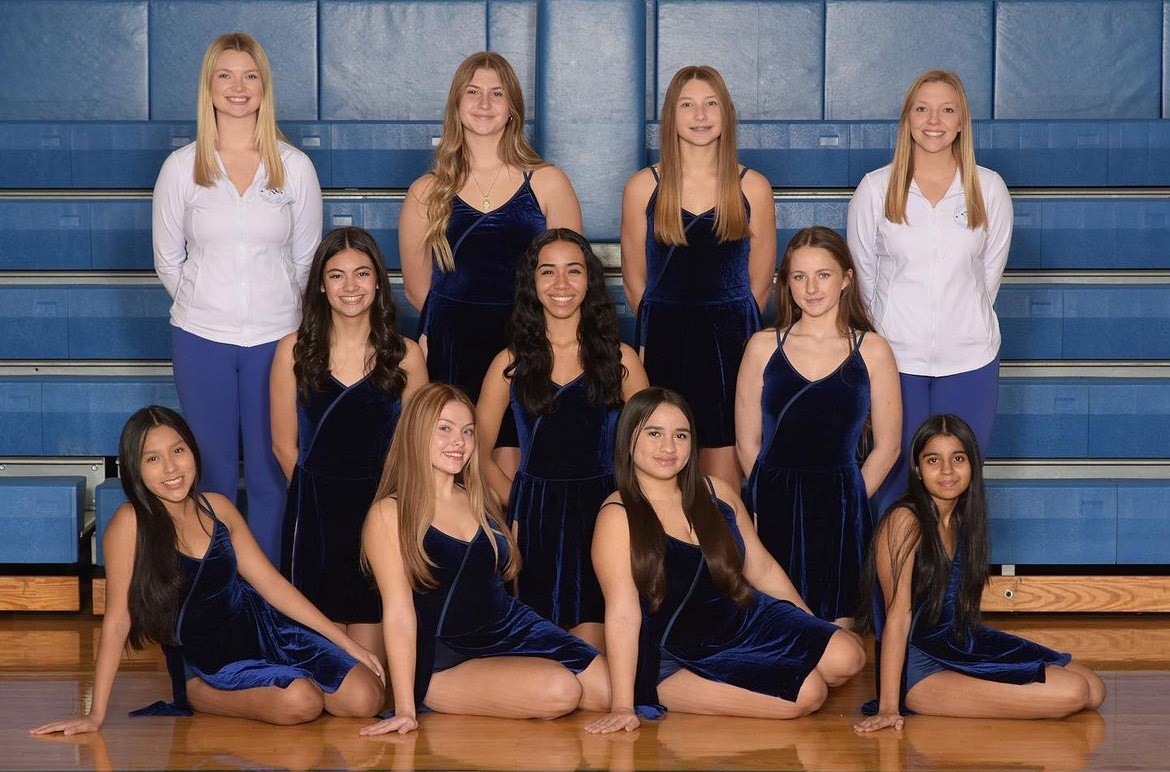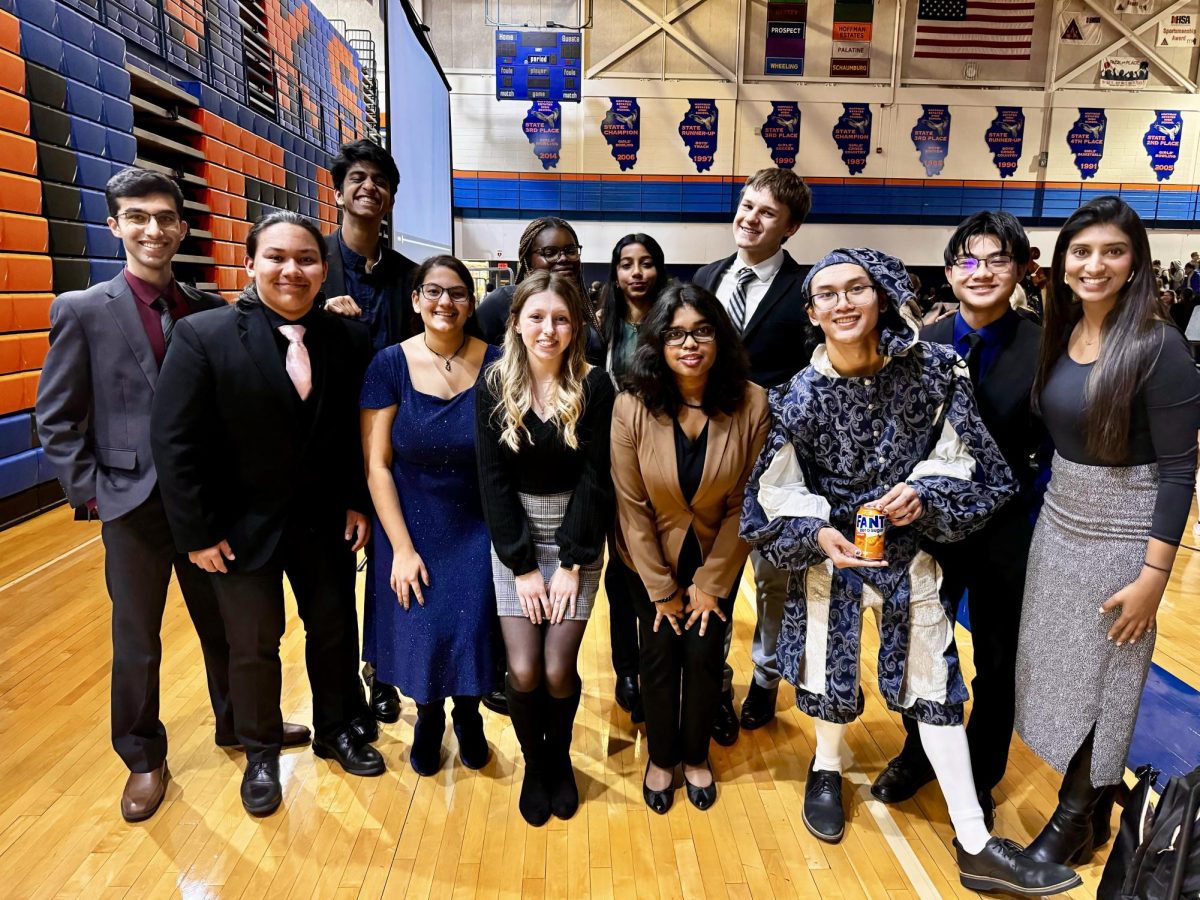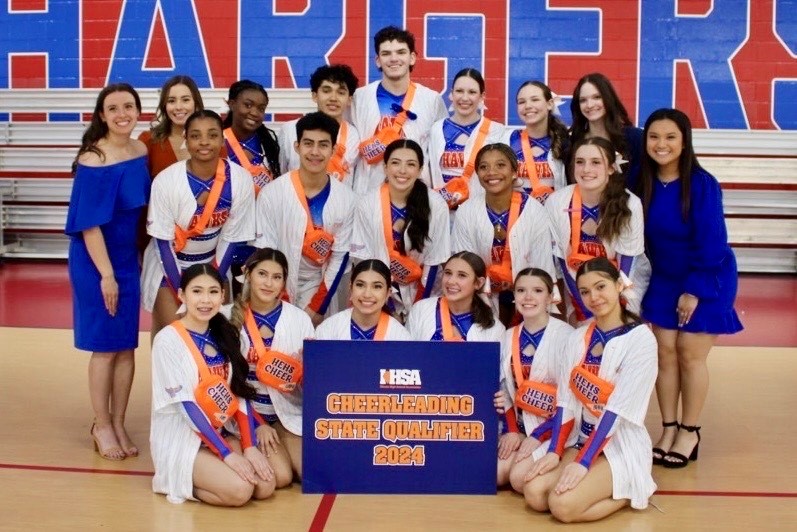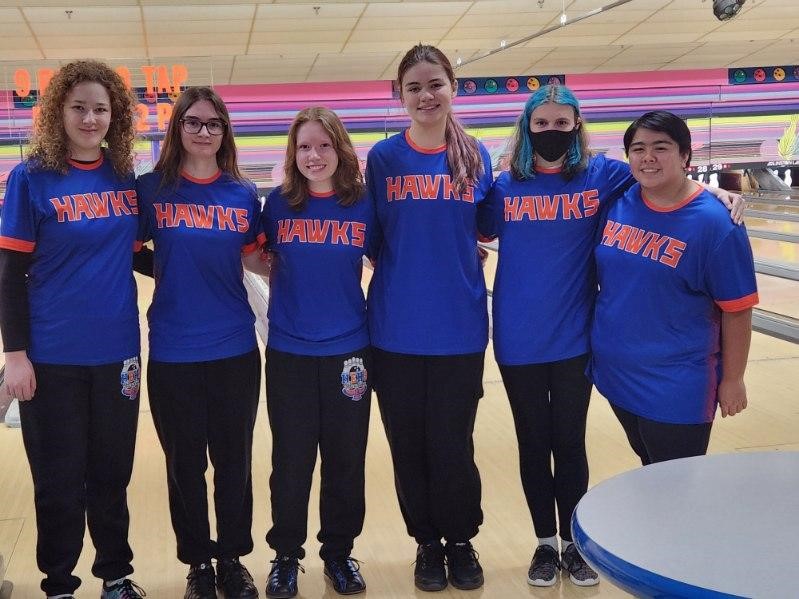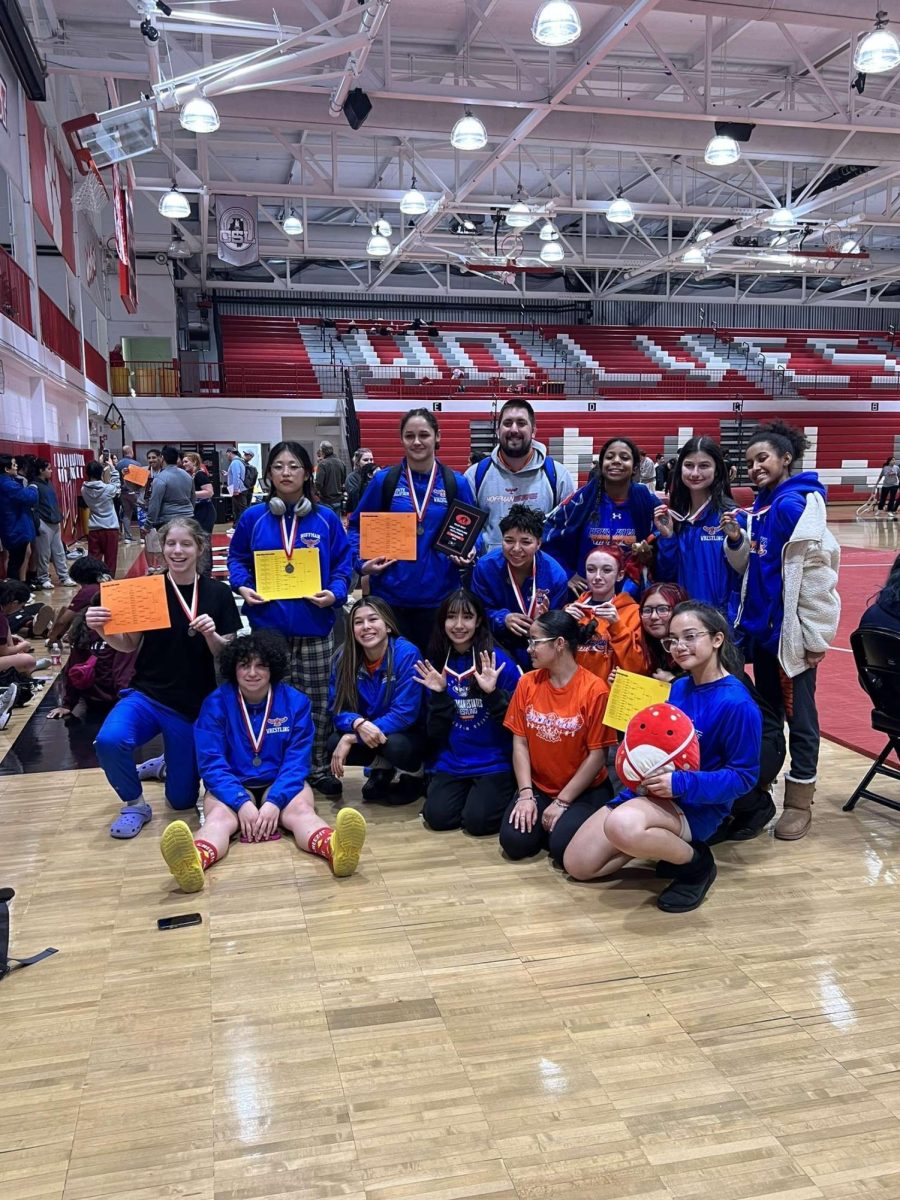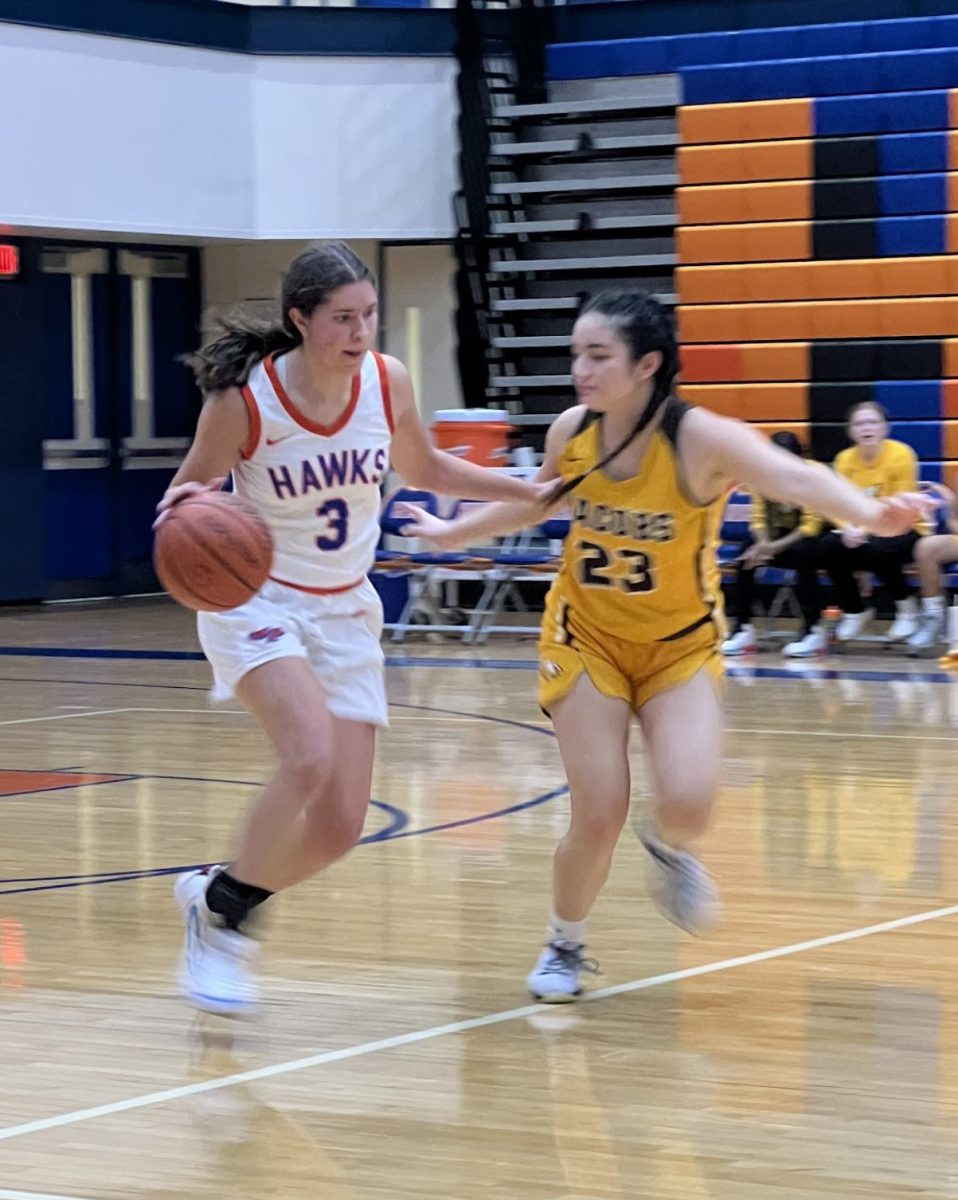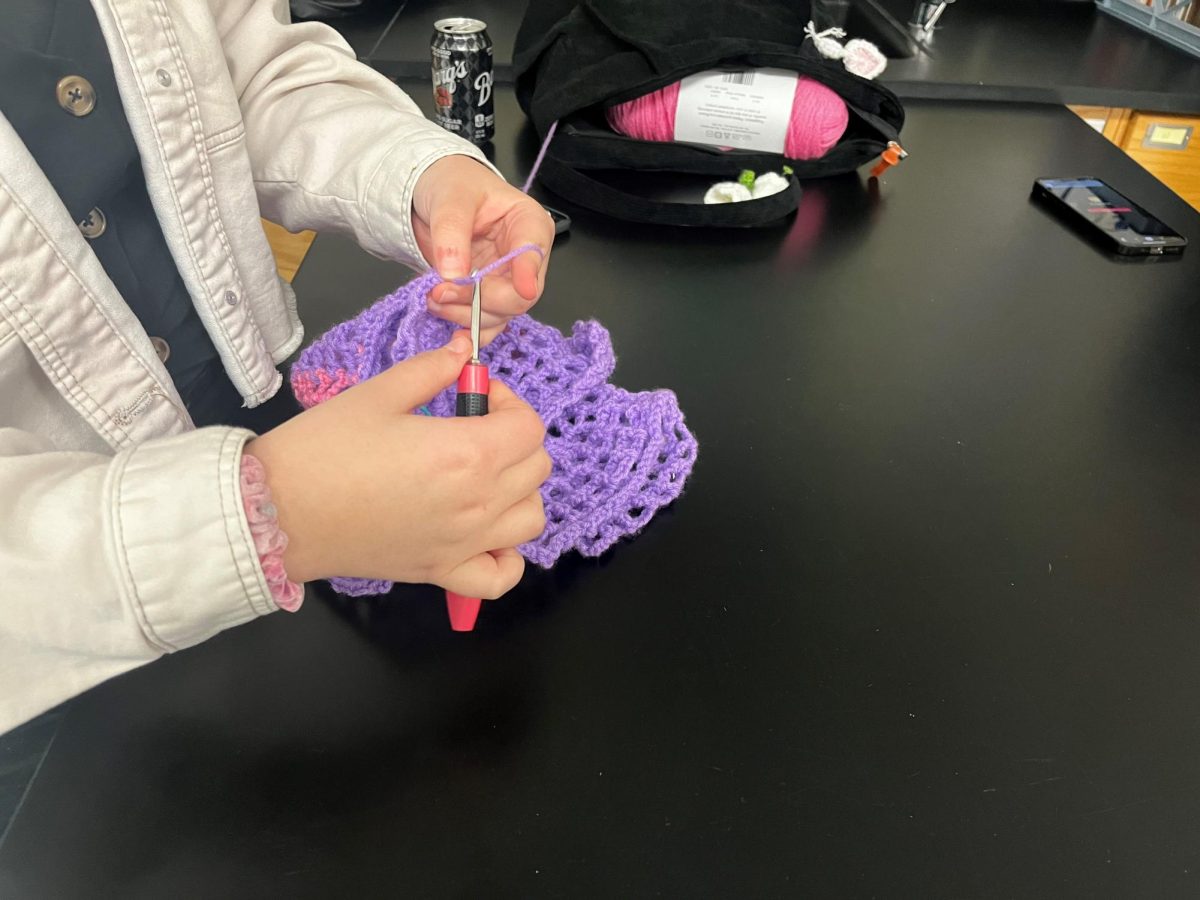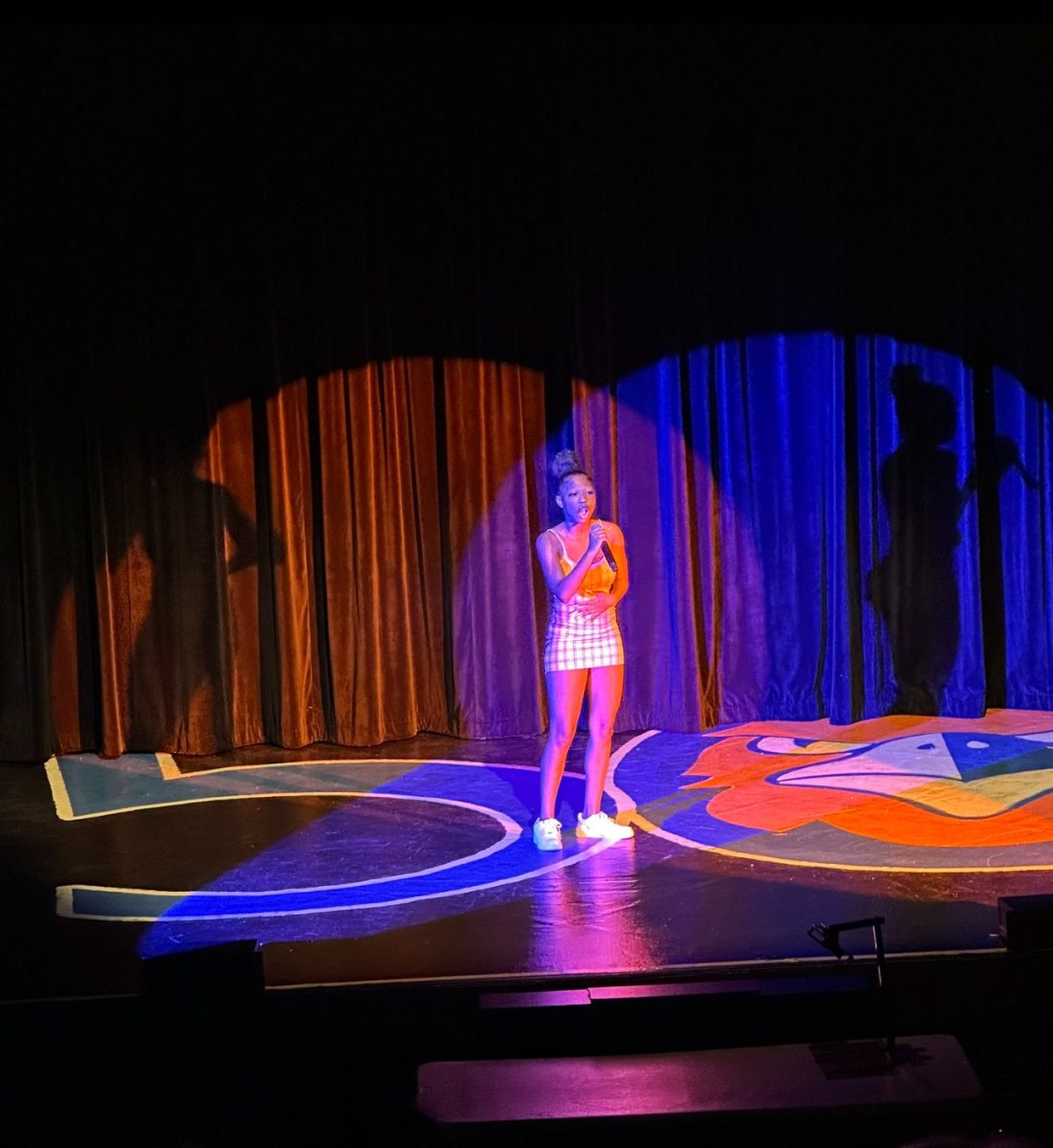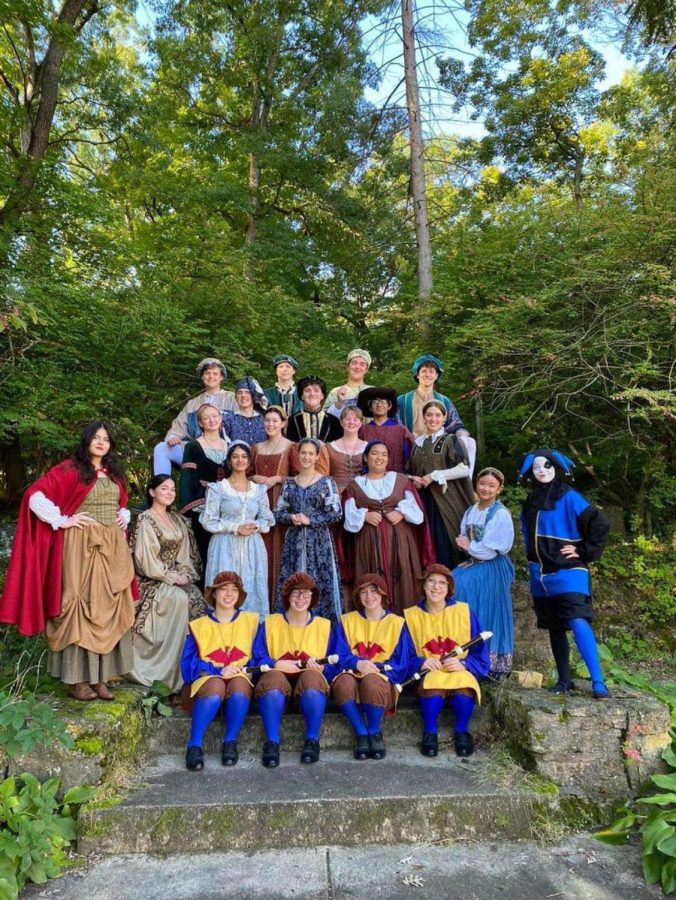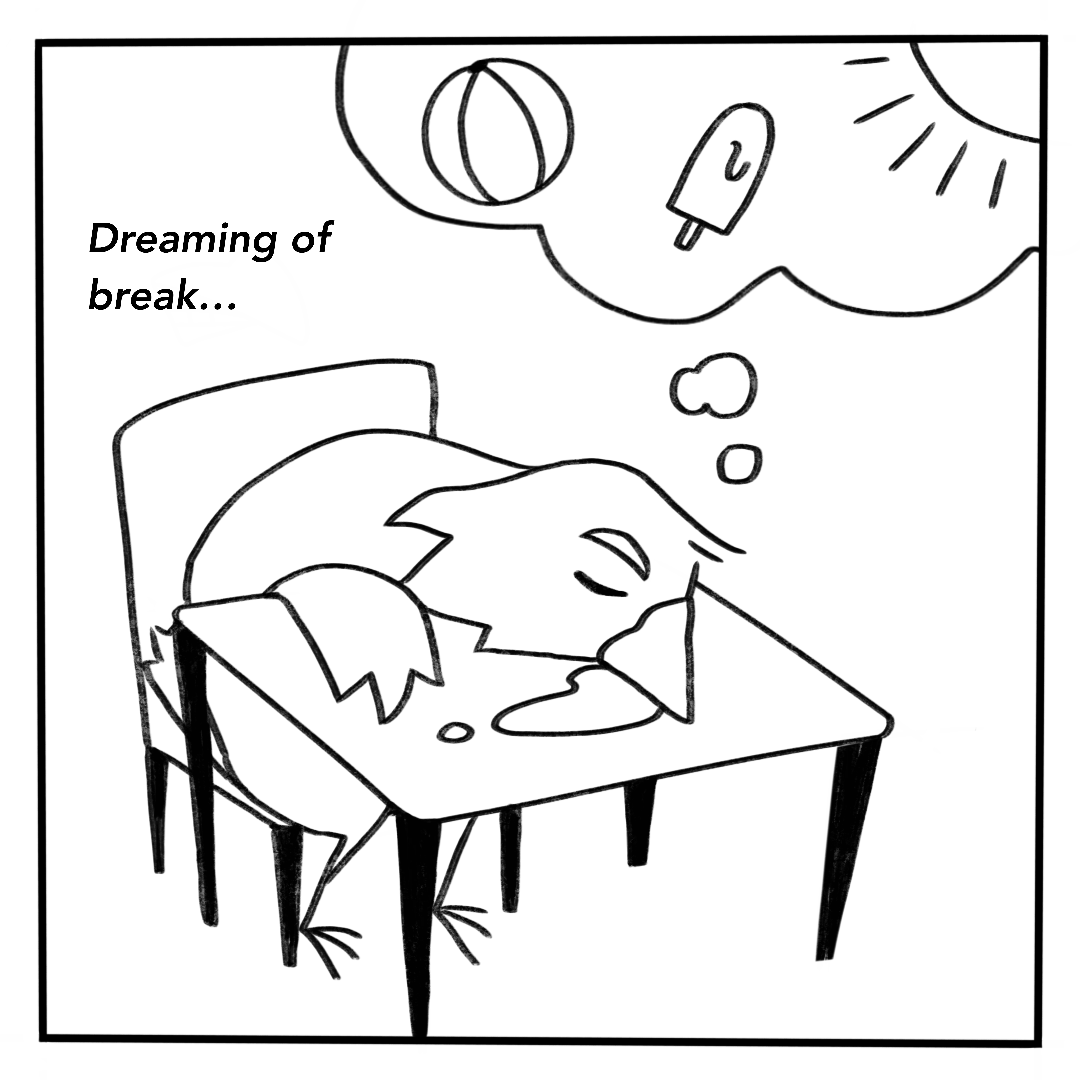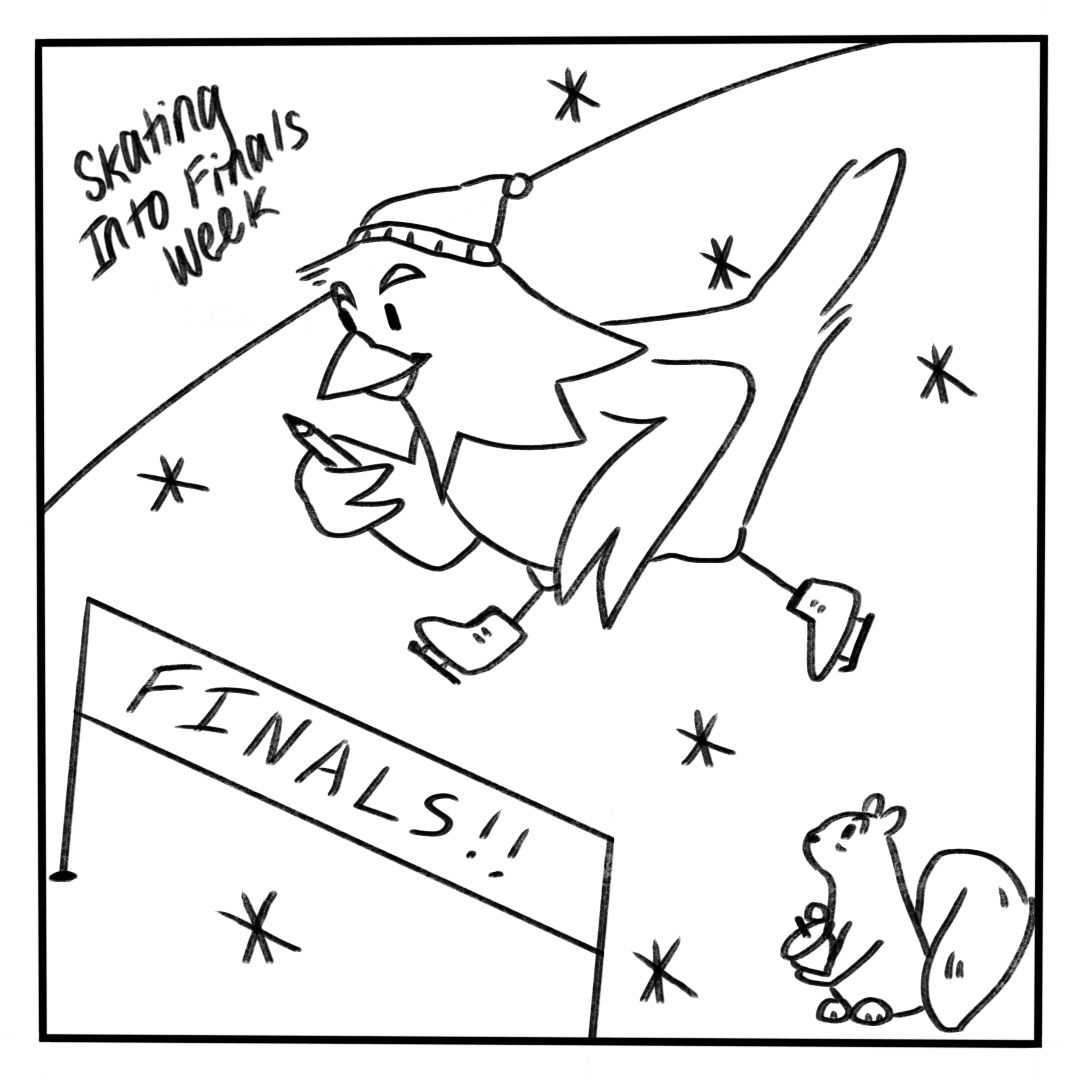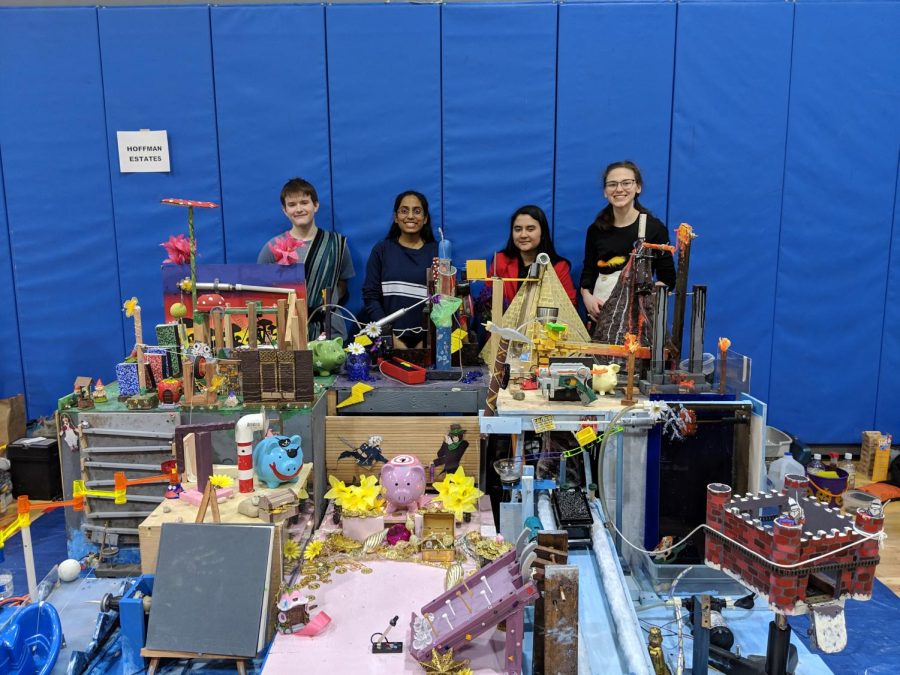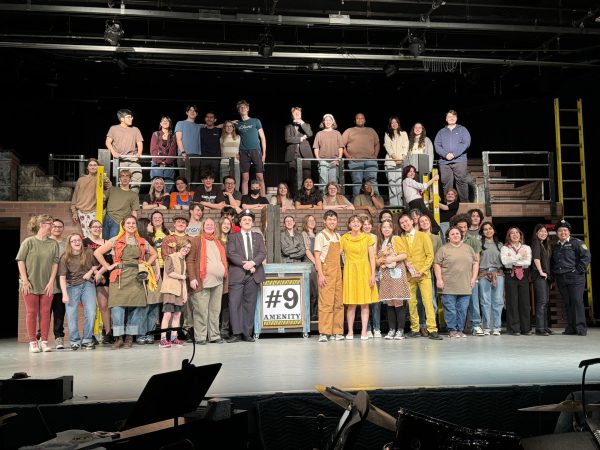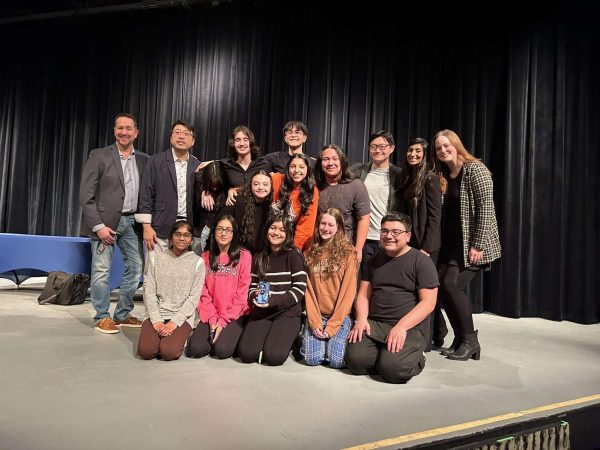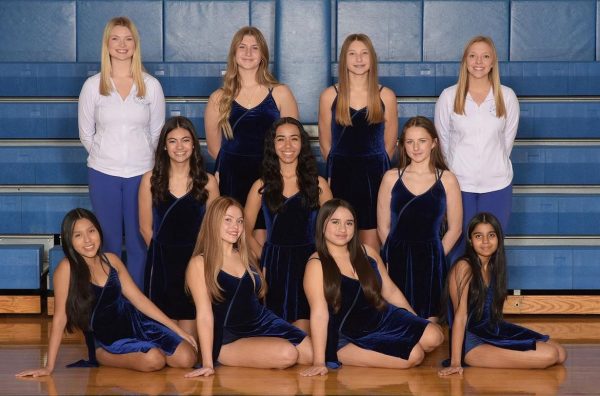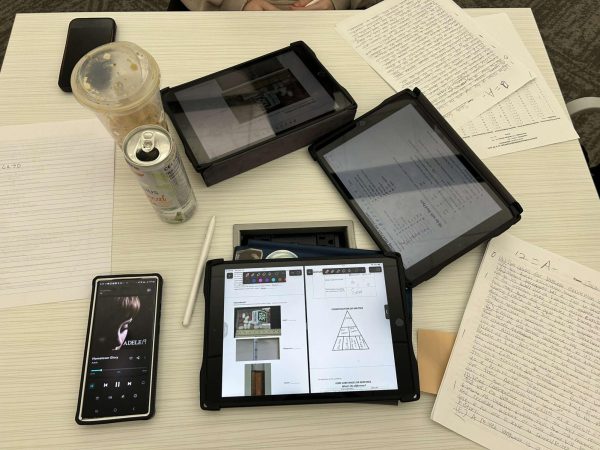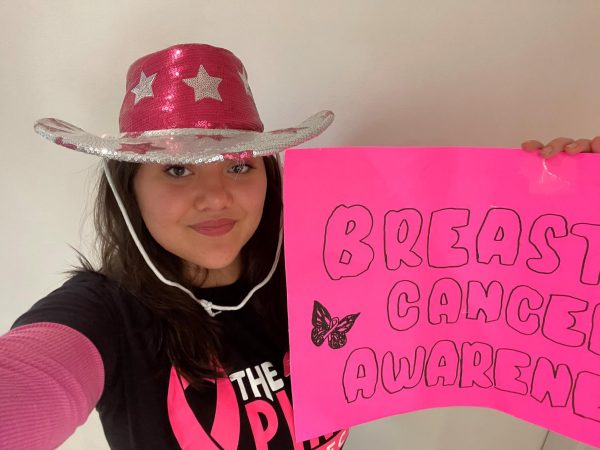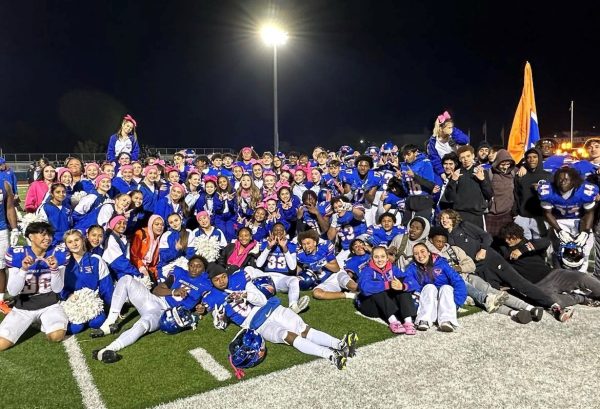Rube Goldberg team is going to Nationals
Ray Klest, Shraddha Zina, Ariana Correia, and Amber Dellacqua are proud that get to take their project to the next level.
February 28, 2019
The HEHS Rube Goldberg team took first place at the Rube Goldberg competition held Saturday, February 23, and now they’re going to Nationals.
“It’s been a great experience. I didn’t think about winning as being the goal,” said Shraddha Zina, sophomore. “I’m obviously glad we did win though because we haven’t gone to nationals since 2013, so this is an amazing opportunity for us and for the school.”
In addition to Zina, other team members include sophomores Ariana Correia, Amber Dellacqua, and Ray Klest. Wayne Oras, applied technology department, leads the team.
The team had to put itself to the test to build an extraordinary machine that fit the requirements of this year’s challenge. The goal was to get a coin in a piggy bank, which seems simple enough…until you find out Hoffman’s project, titled Terranosa, contained 75 steps.They had to work incredibly hard to make their machine successful, and they all dedicated hours of time and effort.
While winning was rewarding for the team, what also was impactful was knowing that they could accomplish such a task that was hugely time consuming. Dellacqua said that they began working in August on this project.
“We’ve each put in probably 200 hours, so it’s a tremendous part of our lives,” she said. 200 hours is an insane amount of work put in by these hardworking students, but their commitment clearly paid off, seeing as their machine worked beautifully and was filled with amazingly complicated steps.
When February 23rd finally arrived, the Hoffman Estates Rube Goldberg team was ready. They were up against 3 other high schools, and each school ran their machine twice for the panel of judges who’d be scoring them. Each team starts with a three minute speech, or short skit, explaining their project. Then, the machine is started.
Hoffman’s project was started with the opening of a book, which triggered the next step, which triggered the next step, and so on and so forth until all 75 steps were completed and the coin had successfully landed in the piggy bank.
“I love the idea of triggering one thing and everything else goes down,” said Correia, in regards to the incredible chain of events the team created.
By working as a team, bouncing ideas off of one another, and using their love for building, the Rube Goldberg team proved that hard work truly pays off. Their journey to success was fascinating to see, and their win was well-deserved.
